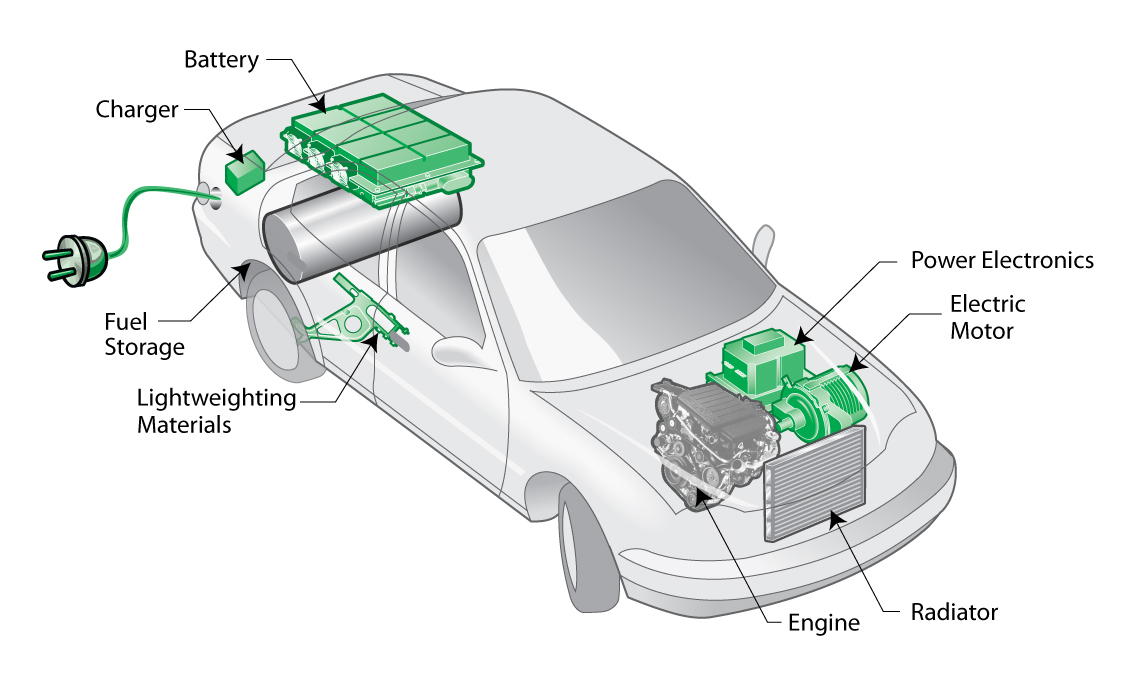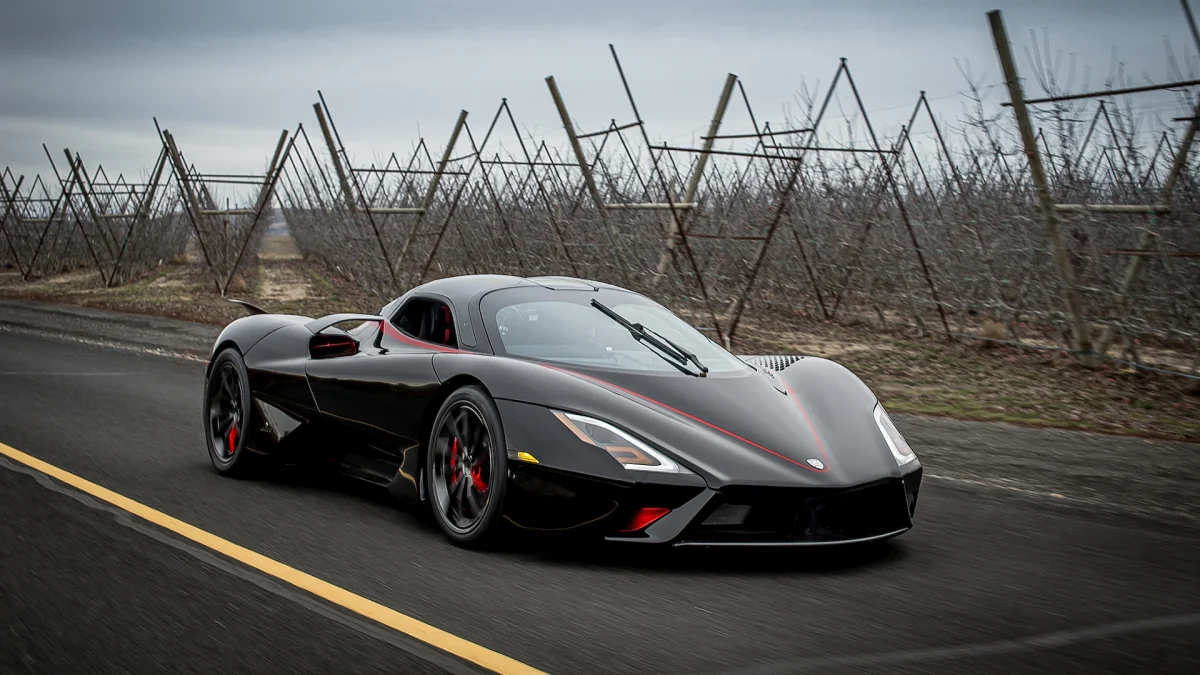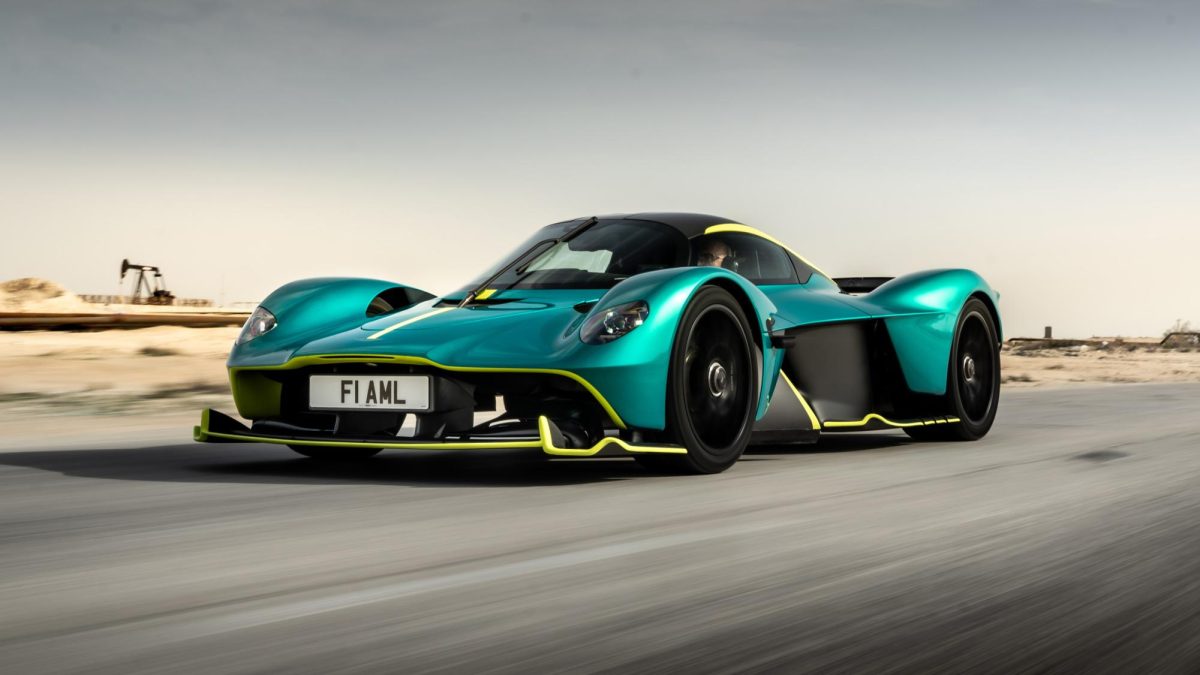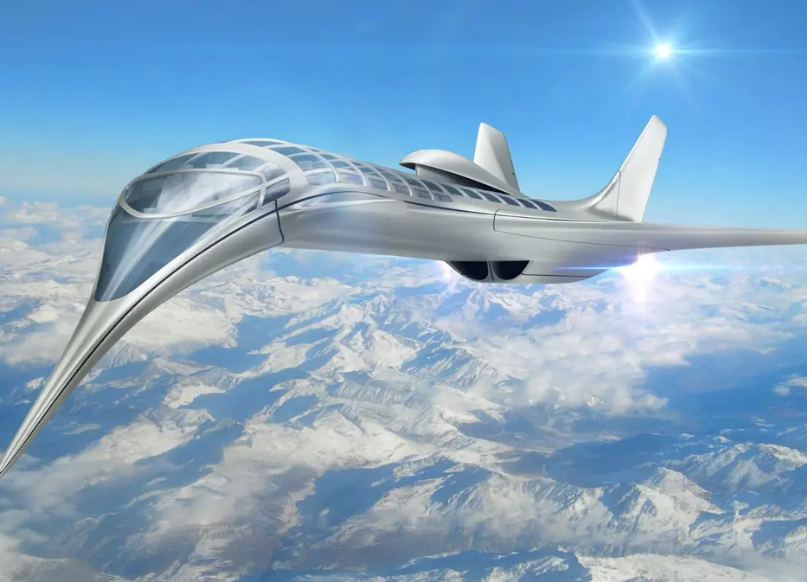Hybrid vehicles are known for their fuel efficiency and ability to go for long distances without relying solely on gasoline. This is done through a combination of advanced technology and engineering.
One key feature of hybrid vehicles is having both an internal combustion engine and an electric motor. The internal combustion engine runs on gasoline, while the electric motor is powered by a battery. By using both power sources, hybrid vehicles are able to optimize fuel consumption. While driving at low speeds or idling, hybrid vehicles can rely only on the electric motor. This helps to conserve fuel and reduce emissions. When more power is needed, such as during acceleration or climbing hills, the internal combustion engine is used to provide additional power.
Regenerative braking is another important factor. When the brakes are applied, the electric motor switches to generator mode, converting the kinetic energy of the moving vehicle into electrical energy. This energy is then stored in the battery for later use, reducing the need to rely on the gasoline engine.
Additionally, hybrid vehicles often employ intelligent energy management systems. These systems monitor many factors such as speed, battery charge level, and power demand, and adjust the operation of the engine and electric motor accordingly. By constantly adjusting the powertrain operation, hybrid vehicles can maximize fuel efficiency and extend the range without relying on gasoline.
In conclusion, the ability of hybrid vehicles to go for long distances without only relying on gasoline is done with advanced engineering and technology. It’s unique engine, motor, and braking systems all contribute to it’s long fuel efficiency.
RELATED STORIES:
https://afdc.energy.gov/vehicles/how-do-hybrid-electric-cars-work
https://www.consumerreports.org/cars/hybrids-evs/how-do-hybrid-cars-work
https://driveclean.ca.gov/hybrid
https://www.caranddriver.com/features/a26390899/what-is-hybrid-car/
https://www.fueleconomy.gov/feg/hybridtech.shtml
TAKE ACTION:


















